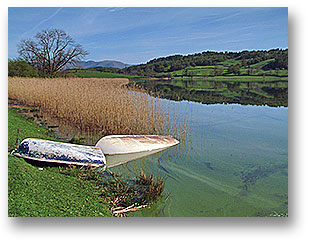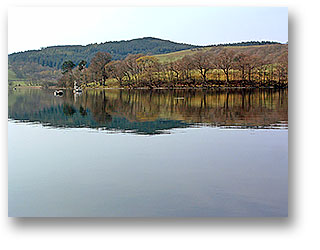Current Projects
NERC Environment and Human Health Programme
Strategies for managing cyanobacterial blooms in lakes
 Cyanobacteria are natural inhabitants of fresh-, brackish- and marine waters and they represent a key component of the microbial biodiversity of aquatic ecosystems. However, the development of mass populations of cyanobacteria, either as blooms, scums or biofilms, presents a significant risk to human health because of their capacity to produce numerous potent toxins. Cyanobacteria are not themselves microbial pathogens, but their toxins constitute one of the most high risk categories of waterborne toxic substances. National and international bodies have recognised the need for improved risk management of cyanobacteria and cyanotoxins to protect water resources, water-based economies and human health.
Cyanobacteria are natural inhabitants of fresh-, brackish- and marine waters and they represent a key component of the microbial biodiversity of aquatic ecosystems. However, the development of mass populations of cyanobacteria, either as blooms, scums or biofilms, presents a significant risk to human health because of their capacity to produce numerous potent toxins. Cyanobacteria are not themselves microbial pathogens, but their toxins constitute one of the most high risk categories of waterborne toxic substances. National and international bodies have recognised the need for improved risk management of cyanobacteria and cyanotoxins to protect water resources, water-based economies and human health.
The project aims to examine a synoptic approach to the management of mass populations of toxic cyanobacteria for the protection of human health using a combination of ecotoxicological, microbiological and remote sensing surveillance, lake ecosystem modelling and risk and impact assessment.

Esthwaite Water, The Lake District, England
